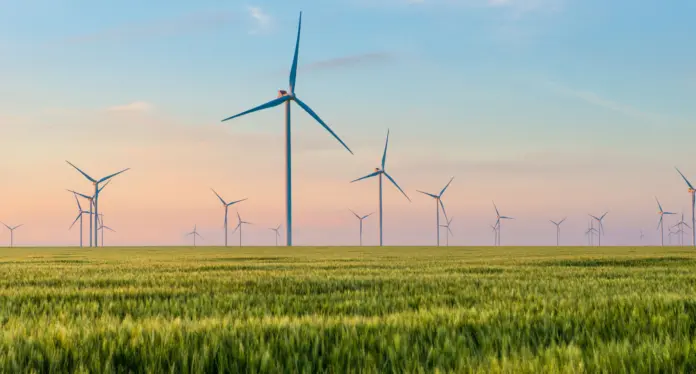In early April, Warsaw became the venue for intensive discussions about the energy future of Central and Eastern Europe. A delegation from the Eastern Commission of the German Economy, supported by thirty representatives of German companies, met with key players in Poland’s energy sector to understand the direction of the country’s energy transition – which is gaining increasing interest among foreign investors and positioning Poland at the forefront of the region’s green transformation.
Poland – from the “black heart of Europe” to a green leader
Poland’s ambitions are clear: to drastically reduce the share of coal in the energy mix (from the current 70% to almost zero by 2040) and to develop low-emission energy sources – from offshore wind farms in the Baltic Sea, through photovoltaics, to nuclear energy and hydrogen. The government plans investments of around €250 billion in the power sector over the next 15 years.
These are not just paper plans – work on the first offshore wind farms is already underway, with turbines scheduled to go online in 2026. Noteworthy is also the strategic support for the hydrogen and biomethane sectors, as well as the modernisation of the largest district heating network in Europe, which supplies more than half of Polish households.
An opportunity for foreign investors
Today, Poland offers not only a growing market, but also supply stability. Thanks to LNG terminals in Świnoujście and Gdańsk and the Baltic Pipe gas pipeline, the country has become independent from traditional gas sources. Combined with its commitment to the development of RES and nuclear technologies, this creates attractive investment conditions – especially for companies in the energy, logistics, and energy storage technology sectors.
German companies such as RWE and E.ON are already active in the Polish market – not only as investors, but also as providers of know-how and technology. State support for wind turbine production and the planned amendment to the RES Act are creating a friendly regulatory framework for new players.
Poland and Germany – a new green alliance?
Although Poland and Germany differ in their approaches to the transition – for instance, Poland relies on nuclear power, while Germany has phased it out – both sides emphasise the need for closer cooperation in climate policy. It is precisely dialogue, trust and shared interests in energy security that could make Europe gain its “green heart”.
For investors – the time is now
Poland’s energy transition is not a distant vision – it is about real investments, tenders and projects already available to business. Poland’s growing importance in the EU, government activity, and strategic location in the heart of Europe make it one of the most promising energy markets of the decade. For investors – both foreign and domestic – now is the best time to join this green transformation.





